Last Updated on July 21, 2024 by teamyantragyan
On Tesla’s AI Day, CEO Elon Musk revealed a humanoid robot prototype dubbed “Optimus,” claiming he hoped to produce millions of the devices and sell them to people for $20,000. Musk, along with his staff, demonstrated a bipedal humanoid robot, which they described as simply a “rough development robot,” walking and waving its hands in the air.
Optimus – Tesla’s humanoid robot
Elon Musk acknowledged last year that Tesla is developing a humanoid robot for “boring, repetitive, and dangerous employment.” The business has now presented two humanoid robot prototypes during the recently finished Tesla AI Day.
The first prototype, Bumble C, was created utilizing “semi-off-the-shelf” actuators and serves as a testing ground for Tesla’s first robot made entirely of internal components. The humanoid robot was able to traverse the stage and wave to the spectators. Tesla did, however, show videos of the robot working in controlled surroundings to execute a few tasks.
The Optimus, the second prototype, is thought to more closely resemble the humanoid robot that Tesla intends to commercialize. The humanoid robot Optimus is believed to have actuators, battery packs, and power electronics that were created in-house. A 2.3kWh battery pack, which should be enough to power the humanoid robot for a day’s worth of labor, was also disclosed by Tesla. According to reports, Optimus has a “self-driving computer” similar to the one found in the company’s electric vehicles.
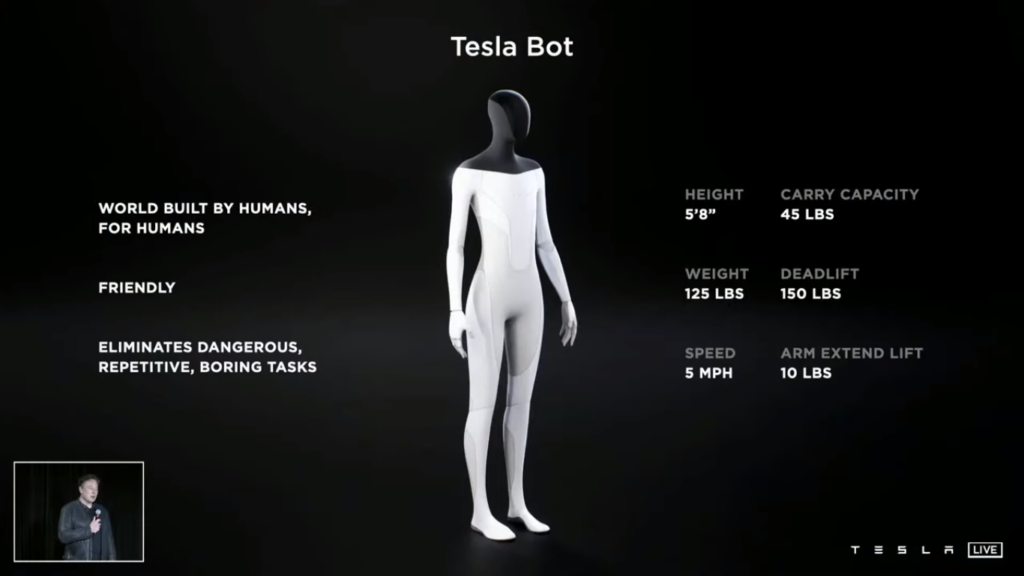
Musk began the conversation by saying, “We’re going to talk about the advancements in AI for Full Self-Driving, as well as how they apply more generally to real-world AI problems like a humanoid robot and even going beyond that.” The audience, which included social media influencers with a focus on Tesla, cheered him on. “I believe that there is a chance that the work we’re doing at Tesla will have a significant impact on AGI (artificial general intelligence)” he added.
The CEO expressed his belief that the humanoid robot “can help millions of people,” adding that if it is successful, the world will experience “a future of abundance, a future without poverty, and where people can have everything they desire in terms of products and services.” It truly is a profound revolution of civilization as we know it, Musk concluded.
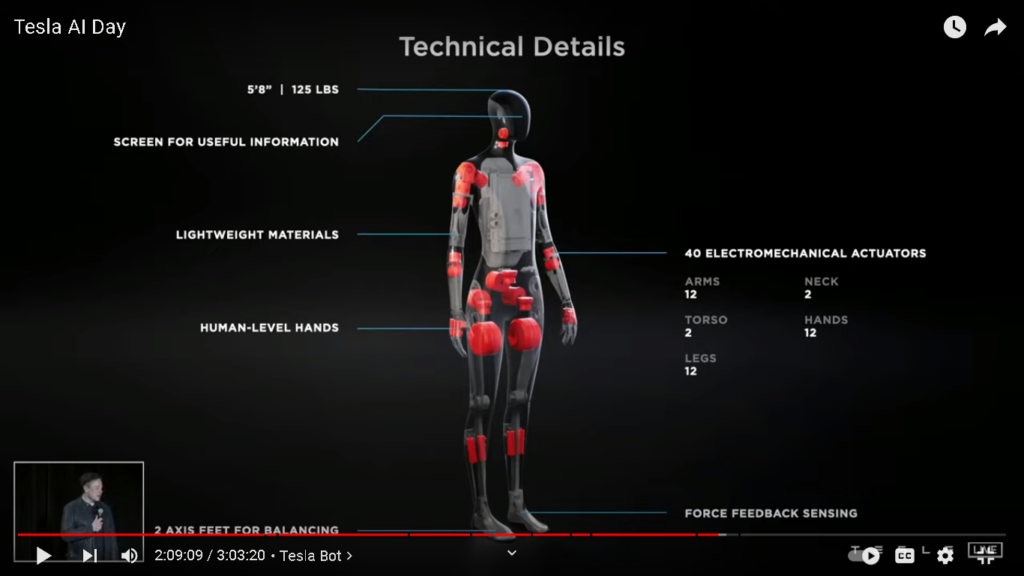
Despite all these advances in robotics, the question of whether the world is prepared for humanoid robots still remains. Before discussing this question let us first try to understand what a humanoid robot is and how will it impact the modern lifestyle.
What exactly are humanoid robots?
A robot that resembles the human body in shape is called a humanoid robot. The design may be for experimental objectives, such as the study of bipedal mobility, functional goals, such as interfacing with human equipment and settings, or other purposes. Professional service robots, called humanoids, are made to move and interact like people. They add value by automating processes in a way that boosts productivity and reduces costs, just like all service robots do. A relatively recent development in professional service robots is humanoid robots. Although long envisioned, they are now beginning to show promise in various applications.
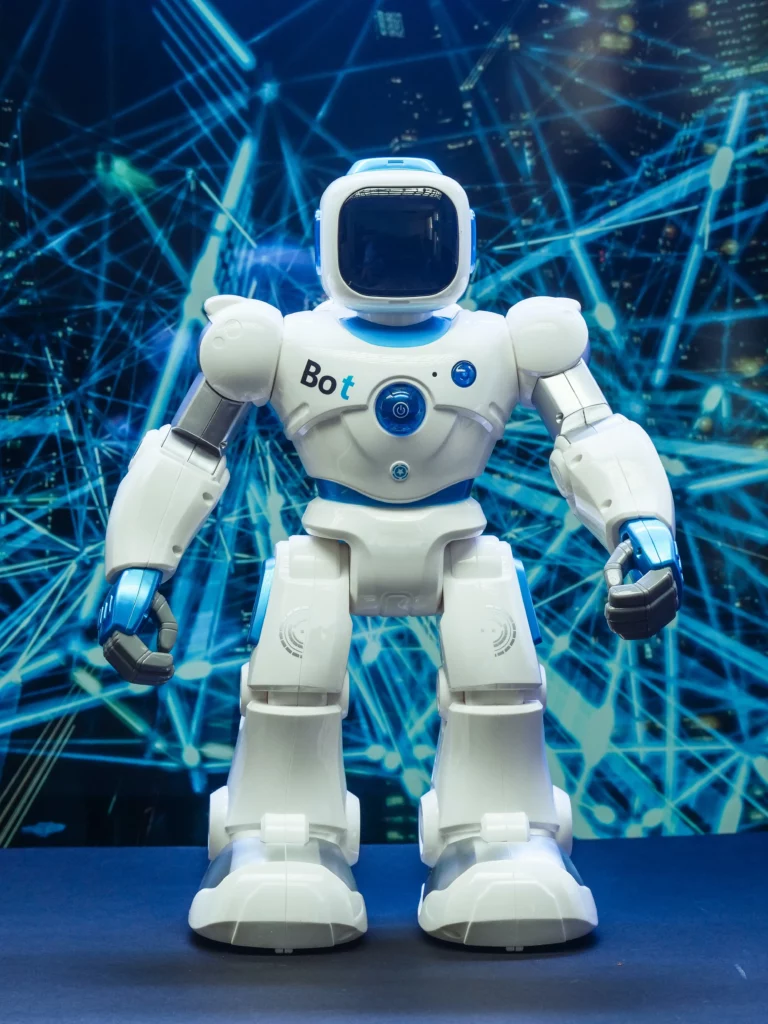
What advantages do human-like robots have over other robots?
A humanoid robot’s intended role as a multipurpose device primarily informs the answer to this query. In many aspects, the objective of humanoid robots isn’t to perform activities that humans can’t; rather, it’s to perform tasks that are either too risky, boring, or difficult for humans. In order to create a general-purpose machine that can coexist in our human-tailored environment, the machine must possess human-like abilities.
Human cognitive abilities are now better-understood thanks to the development of humanoid robots. The improvement of a typical human could result from the development of robotic knowledge in the future. Human behavior is mimicked by humanoids, which can be utilized to carry out routine human duties like working at a front desk. The elderly and the sick can benefit greatly from their assistance when used as personal assistants.
Cons of a humanoid robot
Artificial intelligence and machine learning-enhanced humanoid robots are capable of performing a variety of tasks, but they will be pricy. Not everyone can afford humanoid robots due to their exorbitant cost. One of the major issues with humanoid robotics is the lack of knowledge of human-like cognition and the underpinning mechanisms of the human brain in dealing with everyday events.
Humanoids are integrating into our world much more quickly than we anticipate.
The newest locomotion and AI technologies are assisting in the rapid development of humanoid robots, which are created to resemble humans for intuitive collaboration. Scientific research into humanoid robots has been difficult. Over the years, it has also received a lot of attention. The ability to elicit emotions similar to those of humans in robots is one of the main issues in the robotics sector. A robot named Sophia, created by Hanson Robotics, a Hong Kong-based business is one of the humanoid robots that have already been attempted to be created.
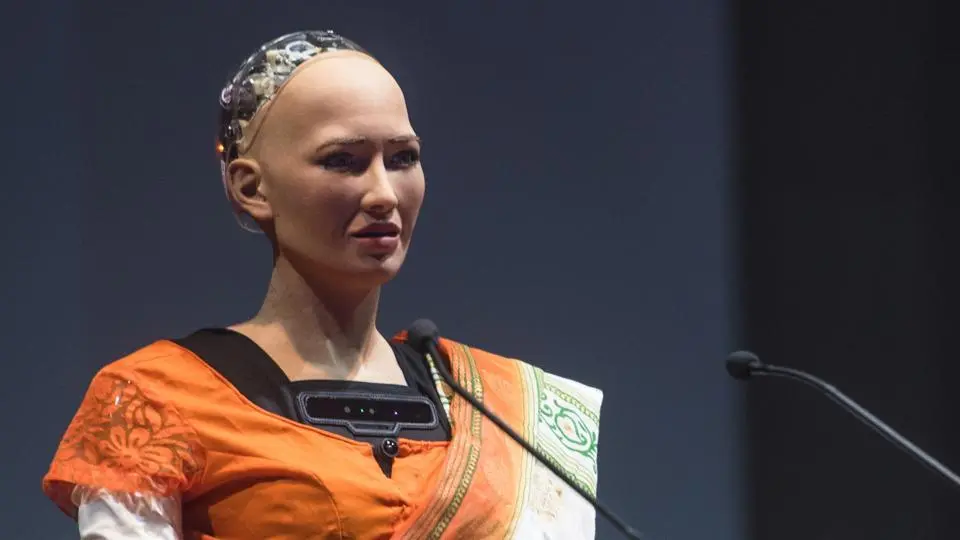
More than 50 different human expressions may be seen on this humanoid robot’s face. Sophia employs artificial intelligence, visual data recognition, and facial recognition, and it can emulate a few human facial emotions and gestures. Voice recognition technology is used by the robot, which can carry on a few brief discussions on predetermined topics.
As a result, the humanoid robot’s future has high expectations. Humanoid robots in the future are anticipated to be the ultimate aid at times of natural disasters as well as daily companions and helpers for humans.
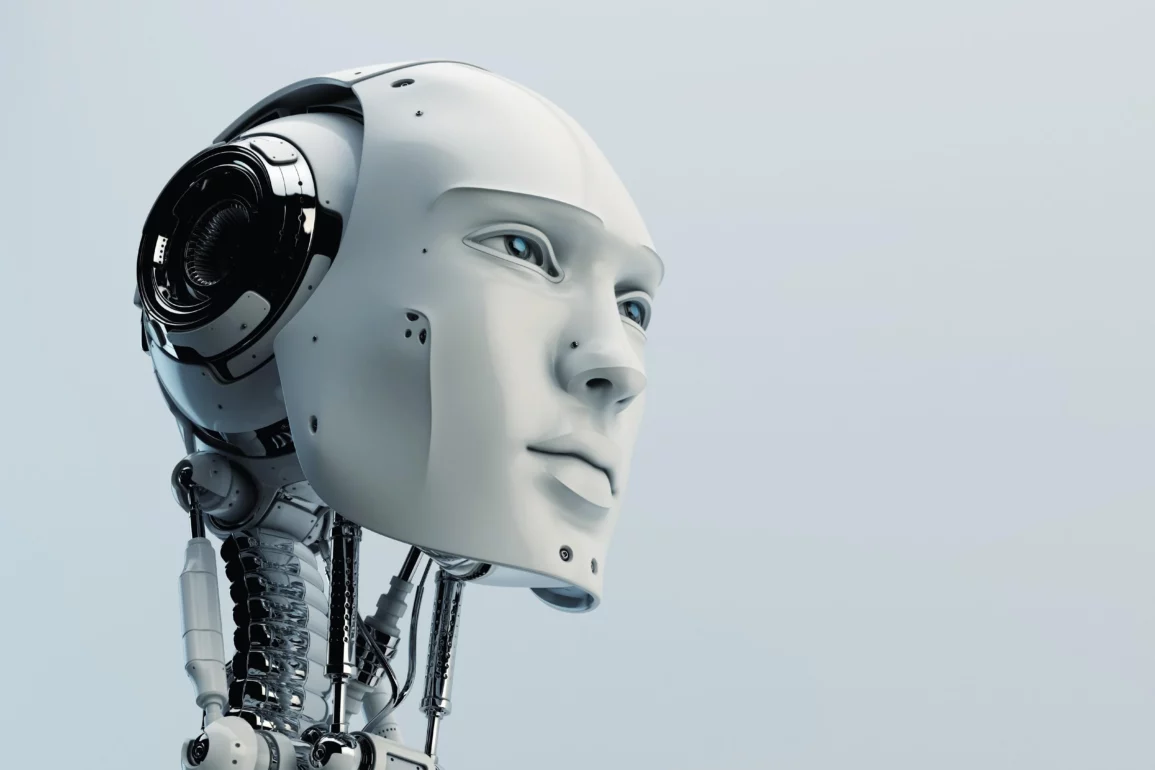
Leave a Reply
You must be logged in to post a comment.